By Yiwei Zhang & Zhenshan Zhang, Class of 2026
The Fifth Annual Freshman Orientation to Social Science was given by three professors who are experts in various fields of social science, respectively focusing on fieldwork, big data, surveys.
Organized by the Center for the Study of Contemporary China yearly , the event aims to provide students, especially freshmen students with a brief understanding of social science research methods and encourage those who are interested to take relavant courses and participate in social science reseach projects.

Dr. Keping Wu: Doing Social Science with Fieldwork
“Fieldwork means real world and situation, not only in ‘田野’ in Chinese.”
“Qualitative research methods to collect empirical evidence (data) to solve questions about human society individuals, their environment and other species.”
Dr. Keping Wu, Associate Professor of Anthropology and Chair of Social Sciences Division, shared her experience in fieldwork.
What she talked about was not limited to anthropology.
She spoke of basic practices that one would be suggested to conduct before, during, and after fieldwork. She also mentioned how some of the problems were addressed, “we use the‘three-time method’–we ask the same question three times”.
“Relate your village to the world.”
For the last two parts, Dr. Wu advocated validating specific data to make it trustworthy and put the larger academic society into context. There was a question from the audience regarding how to get the accurate result from the data. Dr. Wu pointed out the ambiguity of interpretation in social science by citing a traditional Chinese story The Blind Men and the Elephant盲人摸象. Different sociologists may get different results from the same set of data. When all the pieces are put together, you get a huge diverse picture.

Dr. Charles Chang: Doing Social Science with Big Data.
Dr. Charles Chang, Assistant Professor of Environment and Urban Studies, introduced one of his research projects to give a better overview on the use of big data in social science. The lecture contained ‘Rise of Big Data’, ‘Big Data Urban Studies’, ‘Computational Methods’, ‘Results’, ‘Future of the City?’, five parts in total.
Using the data collected from social media and smartphones, Dr. Chang demonstrated the possibility to analyze the social economical status of users or get a bigger picture of certain social events. With a series of pictures and diagrams including oepn-source maps, street-view, road network, and satellite images, Dr. Chang vividly illustrated some of the common approaches to obtain, process and finally apply the data. It was quite intriguing and thought-provoking to see how it works to put people’s comments into different categories like compliant opinion and defiant opinion.
Dr. Chang’s reseach, as highlighted by Dr. Yu Wang, is widely welcomed by professors from a range of fields in terms of academic and research collaboration.

Dr. Yu Wang: Doing Social Science with Surveys
“Social science is being scientific.
The process by which we produce something is scientific.
The data collection is scientific.”
The last part comes to Dr. Yu Wang. Dr. Yu Wang provided a deeper analysis of survey, which is a widely used method in social science research.
Dr. Wang began by emphasizing the difference between academic surveys and commercial surveys, and then explained the rules of sampling and the variables to consider. Dr. Wang described the four basic steps for doing a survey. ‘Formulate Research Questions’, for example, means we need to firstly come up with our research questions through a scientific process–academic literature, research paper and news can all help sociologists to form these questions. ‘Prepare Research Design’ refers to designing suitable questions for the questionnaire. The rest two steps are ‘Collect Data’ and ‘Analyze and Interpret Data’.
As to the rules of sampling and the variables to consider, Dr. Wang used DKU students as an example to explain different types of sampling, and restated the importance of selecting appropriate measurements– it helps raise good questions. She then wrapped up the lecture with a case analysis on motherhood penalty.

At the end of each session, the professors welcomed questions from the students, each of which were answered patiently by the professors. With the final questions answered, a closing was brought to the program with a round of applause.



